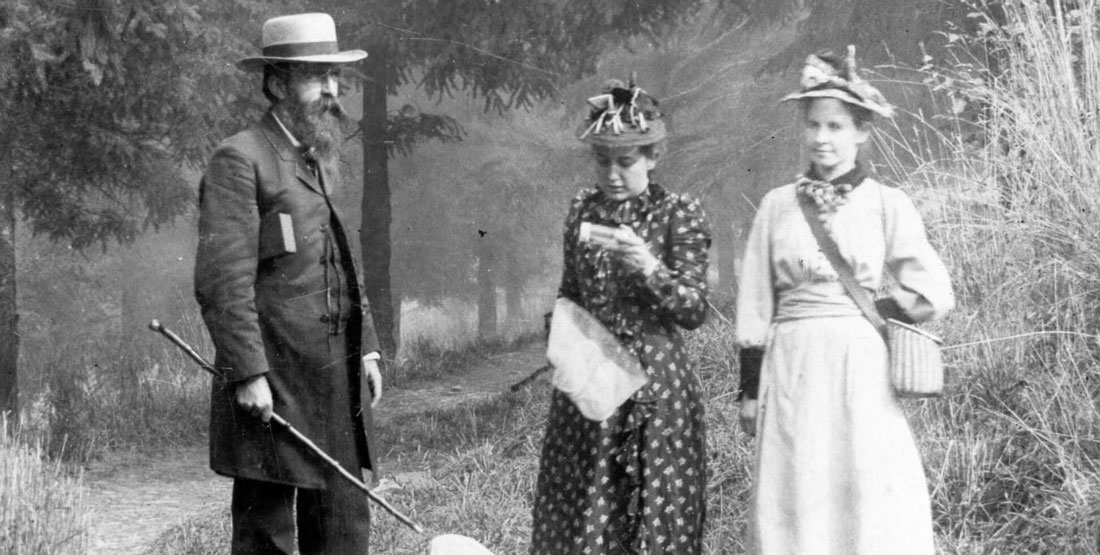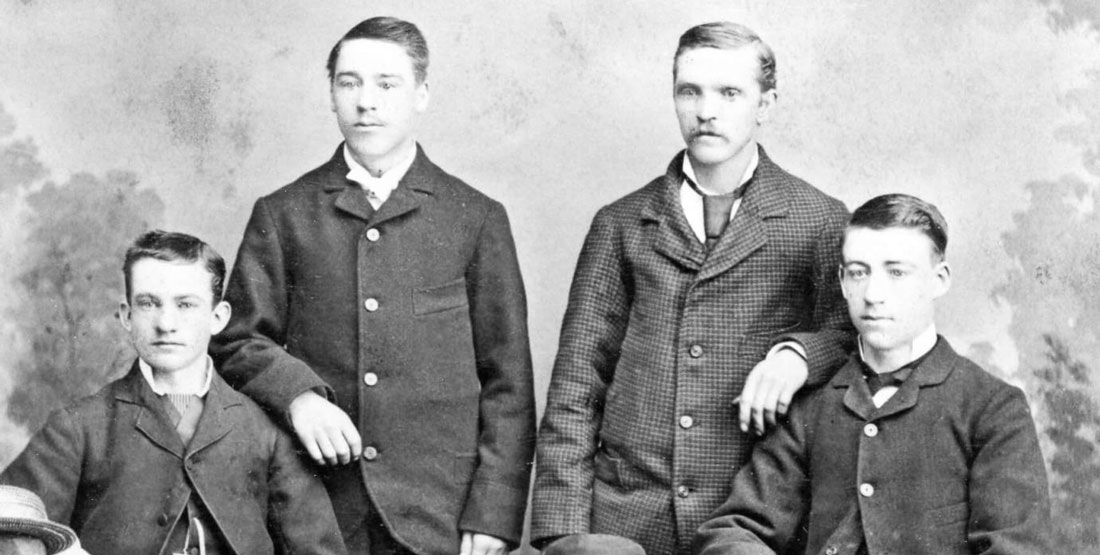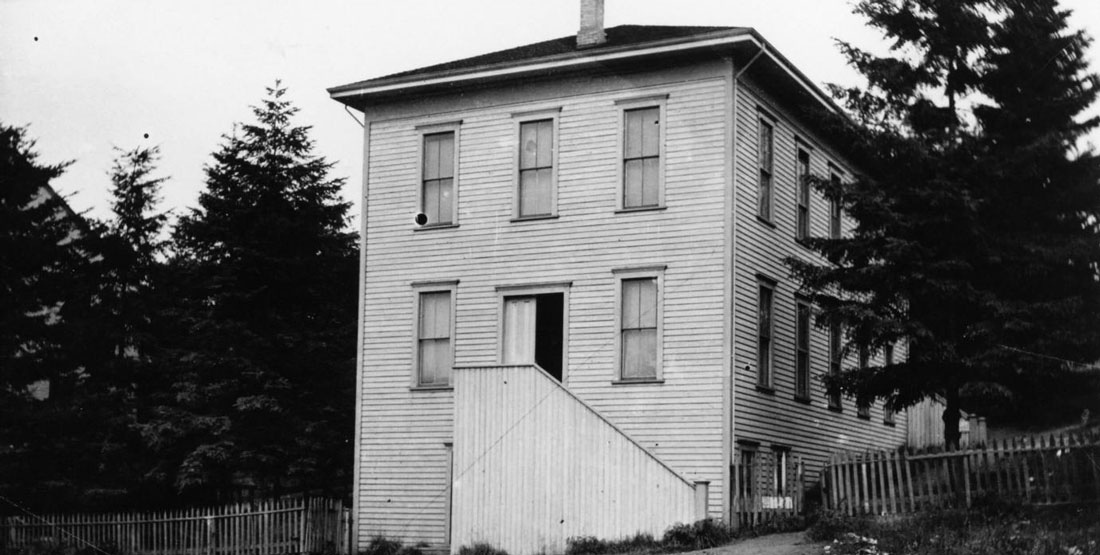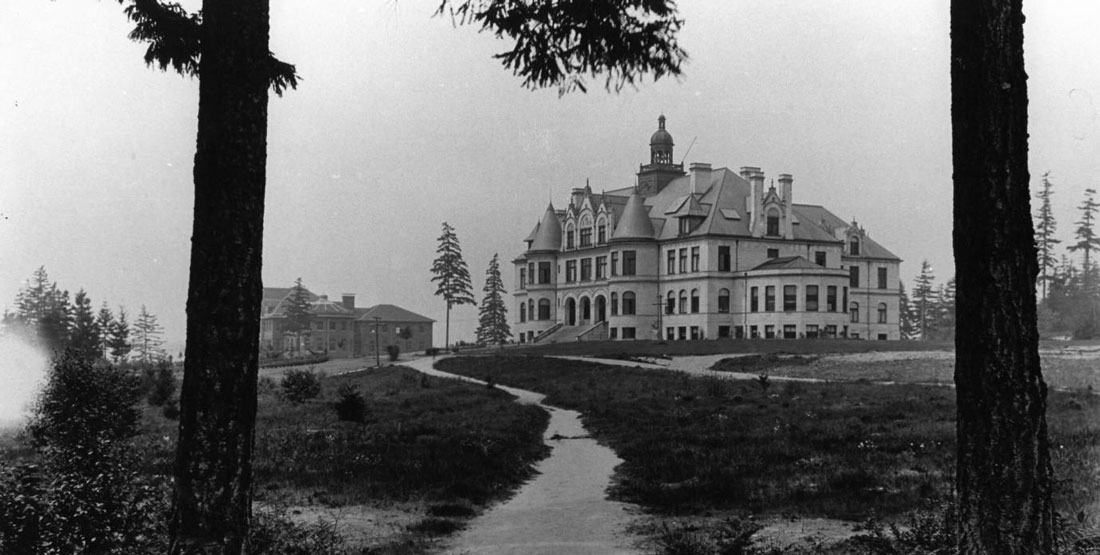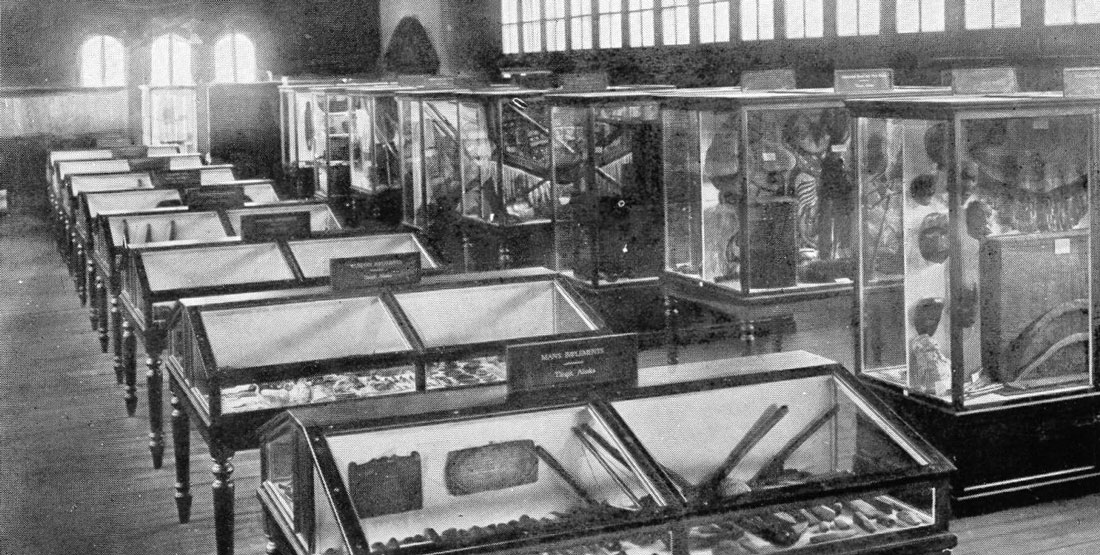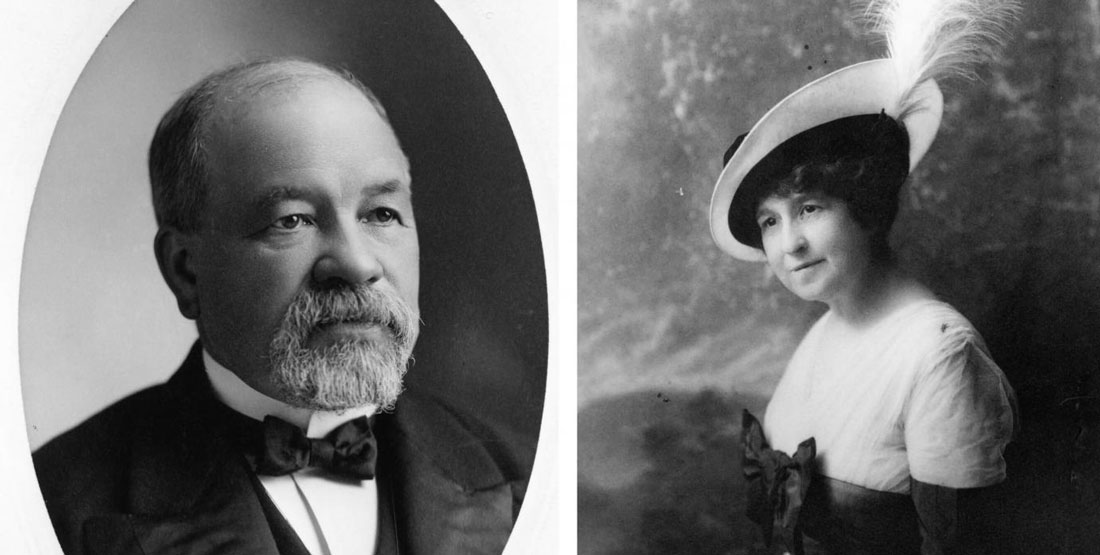The Washington State Museum
On March 6, 1899, the state legislature designated the museum as the Washington State Museum: “a depository for the preservation and exhibition of documents and objects possessing an historical value, of materials illustrating the fauna, flora, anthropology, mineral wealth, and natural resources of the state, and for all documents and objects whose preservation will be of value to the student of history and the natural sciences."
Today, the museum continues to serve Washington state by providing hands-on science and culture education; conducting original research and establishing baseline data; preserving our shared heritage by caring for 18 million objects; and providing tools for state and federal agencies.
Land Acknowledgement
The Burke Museum stands on the lands of the Coast Salish Peoples, whose ancestors resided here since time immemorial. Many Indigenous peoples thrive in this place—alive and strong.
Becoming "the Burke"
Initially, the Young Naturalists’ Society didn’t have a formal name for their collections, but in 1885, they began calling their small museum the Hall of the Young Naturalists. Following the move to the current UW Seattle campus, the museum was known as the University Museum, and then in 1899, it officially became the Washington State Museum. The Burke acquired its current name in 1962, in recognition of a bequest honoring Judge Thomas Burke.
Thomas Burke (1849–1925) was a highly respected judge, successful businessman, civic activist and a tireless champion of education and culture in Seattle. Thomas and his wife, Caroline McGilvra Burke, shared a great interest in Native American culture and were among the earliest collectors of Northwest Native art. Many of their collections are now housed at the museum that bears their name.
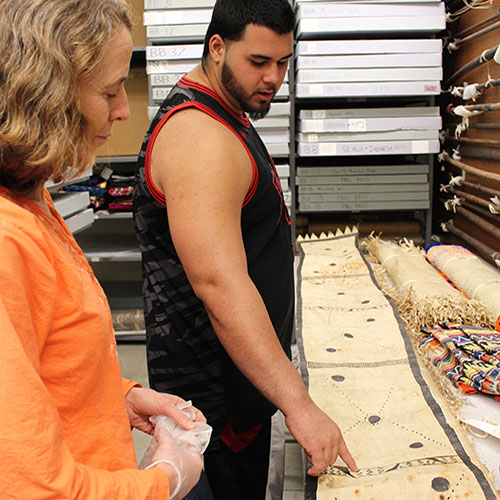
Our Work
At the Burke, we bring together people, objects and the stories that make them meaningful.
